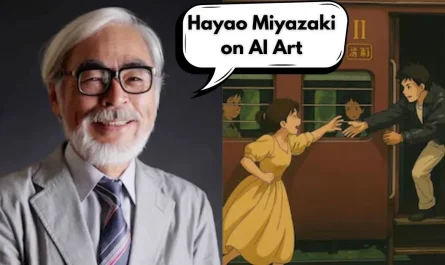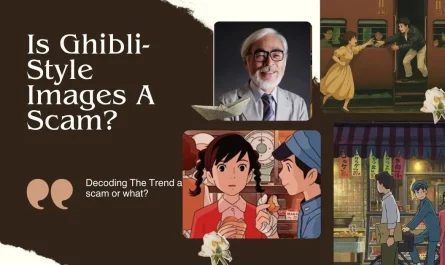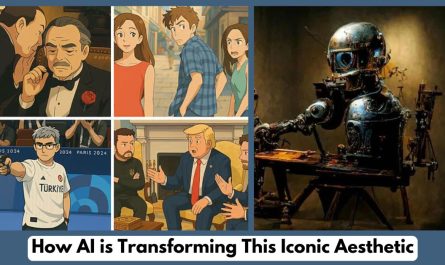Studio Ghibli has captured hearts around the world with its hand-drawn magic, emotional storytelling, and deeply nostalgic aesthetic. But in today’s digital age, a new artistic trend is emerging — Ghibli-style AI art. It’s a fascinating blend of advanced technology and the timeless beauty of traditional animation. But what exactly is it, and why is it capturing so much attention?
What is Ghibli-Style AI Art?
Ghibli-style AI art refers to artwork generated by artificial intelligence that imitates the visual and emotional qualities of Studio Ghibli’s films. This includes elements like:
-
Soft, painterly backgrounds
-
Dreamlike lighting
-
Lush natural settings
-
Whimsical houses and floating castles
-
Characters that feel innocent, curious, or thoughtful
Artists and creators use AI tools like Midjourney, DALL·E, or Stable Diffusion with prompts such as “Ghibli-style forest village at sunset” or “girl flying through the sky in Ghibli-style animation.” The AI then creates highly detailed images that closely resemble Ghibli’s iconic scenes.
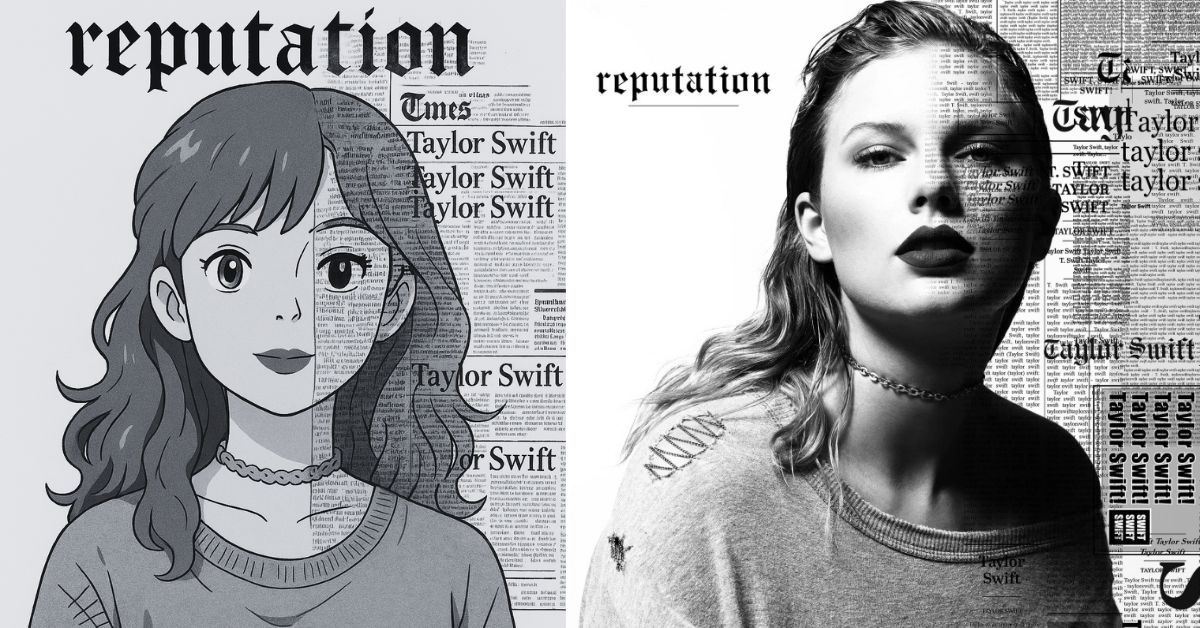
Why is Ghibli-Style AI Art Trending?
-
Nostalgia Meets Innovation
Ghibli fans love the peaceful, heartwarming worlds from movies like My Neighbor Totoro or Howl’s Moving Castle. AI gives them a way to reimagine those worlds or create entirely new ones with the same aesthetic. -
Creative Exploration
AI tools allow artists to quickly experiment with scene design, color palettes, and fantasy landscapes. It’s especially helpful for game developers, illustrators, or storytellers seeking inspiration. -
Social Media Ready
Ghibli-style AI art is visually stunning and emotionally resonant, making it perfect for platforms like Instagram, Pinterest, or Tumblr. Many creators use it for wallpapers, moodboards, or even short animations.
Key Features of Ghibli-Inspired AI Art
-
Pastel tones and rich greens that evoke nature’s calm
-
Architectural whimsy — think crooked rooftops, narrow staircases, and cozy windows
-
Soft lighting — glowing lanterns, hazy skies, magical auras
-
Atmospheric depth — mist, fog, and gentle perspective shifts
-
Storybook elements — fox spirits, floating gardens, or enchanted trains
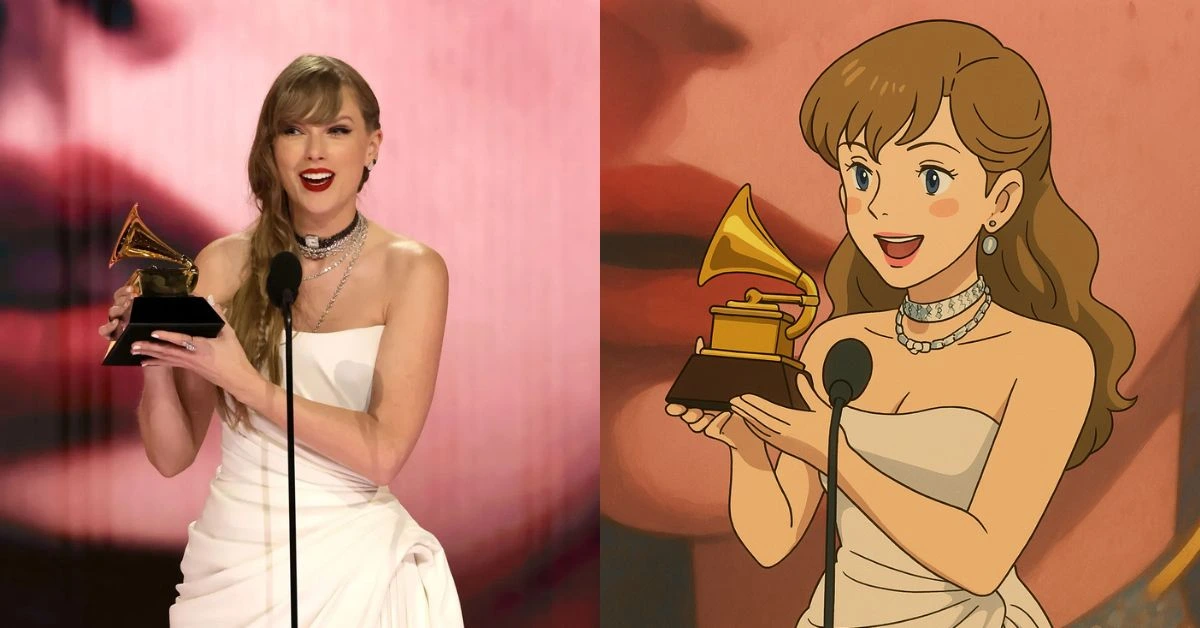
Ethical Questions and Artistic Credit
While AI can replicate Ghibli’s style beautifully, it also raises important ethical questions:
-
Should AI-generated art based on Ghibli’s style be sold commercially?
-
How do we credit original human artists when training data includes their work?
-
Is it respectful to mimic a studio known for its deeply personal, hand-drawn artistry?
Many fans argue that AI art should be used as a tool for inspiration, not as a replacement for original art or storytelling. Others believe it can democratize creativity, giving people without formal art training a way to express their ideas visually.
Ghibli Style in 2025: How AI is Transforming This Iconic Aesthetic—Don’t Miss Out!
How to Create Ghibli-Style AI Art
If you’re curious to try it out yourself, here’s a basic guide:
-
Choose an AI tool: Midjourney (Discord-based), DALL·E, or Dream by WOMBO are great places to start.
-
Write a detailed prompt: Use descriptive language like “Ghibli-style countryside cottage surrounded by cherry blossoms at sunrise.”
-
Refine and re-generate: AI often needs multiple attempts to get the perfect look.
-
Edit and enhance: Use tools like Photoshop or Canva to add personal touches or adjust lighting.
-
Give credit: If you post publicly, mention that the image was AI-generated and inspired by Studio Ghibli’s aesthetic.
Final Thoughts
Ghibli-style AI art sits at a fascinating intersection between technology and imagination. It allows fans and creators to explore dreamy new worlds while paying tribute to one of the most beloved animation studios in history. While it’s no substitute for the human warmth of Ghibli’s hand-drawn frames, it opens new doors for creativity and storytelling in the digital age.
Whether you’re creating your own AI art or simply admiring the dreamy results online, one thing is clear — the spirit of Studio Ghibli continues to inspire, even in the world of artificial intelligence.

